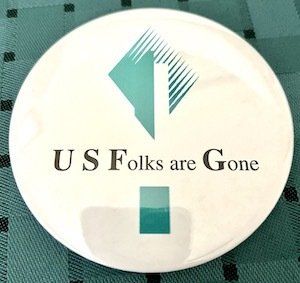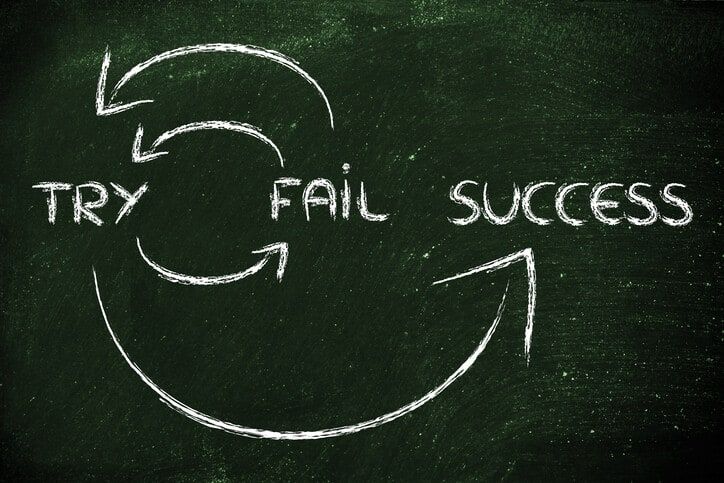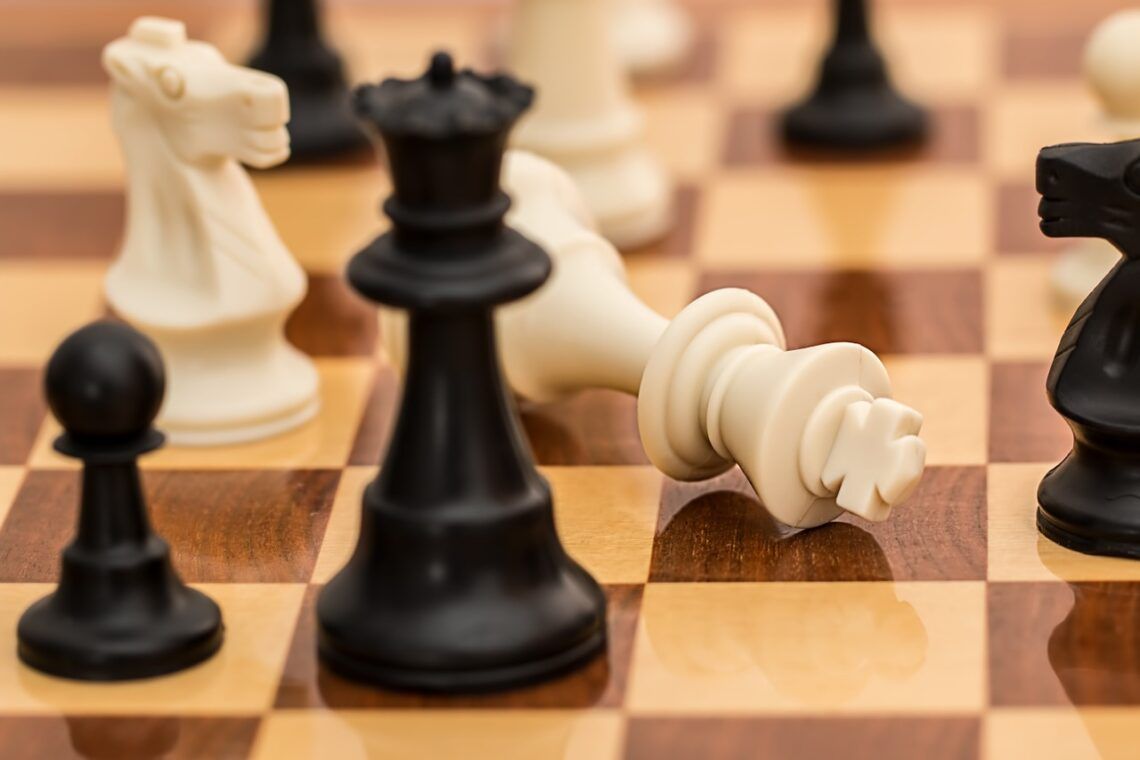How to Ask Questions that Brighten Your Future Now
If you want a bright future, sharpening your communication skills will take you to the next level in your career, business, and life overall.
The problem is, smooth-talking is not your forte. (Me neither.) Should you say something or not? If yes, what do you say to start making a connection? What’s the secret?
The best way to communicate requires you to ask questions, listen, and ask more questions.
Ask Questions
If you want to learn something about a person, ask a question. Questions lead to connections in every facet of our lives. Questions show you are interested in the thoughts and experiences of another person.
When you ask a sincere open-ended question, you show you want to listen and understand. The person answering the question will think about what you asked before answering. That pause usually signals the start to a connection. Open-ended questions allow a respondent to give you a glimpse into their mind and often their heart.
As you listen to your open-ended question’s response, your curiosity leads you to follow-up questions. Voila! A conversation happens, and connection ensues.
What’s the Easiest Way to Create a Good Open-Ended Question?
To easily construct an open-ended question, start with the basics. Start the sentence with what, what if, how, when, who, and why. (My top two basic favorites are what and how.)
For example, if you are in the dreaded room or Zoom full of people you do not know, pick a person that is not speaking with anyone, and practice asking open-ended questions.
- “What prompted you to attend today?”
- “When you participate in these events, what are some of the ways you meet people?”
- “Who would you like to meet here that you haven’t yet met?” (I like this one at networking events as it can give me a job to of introducing the person.)
There are many different scenarios for open-ended questions, and here are some favorites when making a new connection.
- What do you like about your career/work/business?
- What lead you to choose the work you do?
- What is the best advice you have ever received?
- If you could design the ideal ________ (thing, service provider, experience), what would the key components include?
- If you suddenly received a massive cash inheritance, what would you do with it?
- If you could meet for dinner with anyone (past or present), who would be your top three picks?
- What is a favorite childhood memory?
Once you’ve begun to have dialogue, you can then learn more by using phrases like
Tell me more about _______________________________
Describe __________________________________________
Always avoid asking personal questions to strangers or casual connections.
Are Close Ended Questions Useful?
Yes. Close-ended questions help narrow down options very quickly. For example, yes/no, 9 am or 3 pm, with ice or without ice, etc. Use close-ended questions sparingly as they rarely create connections and halt most conversations in their tracks.
Closed-ended questions often start with verbs such as is, are, was, were, do, does, did, may, might, must, can, could.
- Is this your first time at one of these events?
- May I ask you a question?
- Do you like __________________?
- Could you please pass the butter?
Listen
The most important thing to know about asking open-ended questions is to LISTEN. Quietly face the person, make eye contact, smile sincerely, and listen. Silence the brain chatter and listen to what the person says to you.
Listening includes watching their response to cues about their feelings and thoughts. For example, do they face you, smile, and respond to the question? Do they turn away and mumble a response? These are clear cues for follow-up questions or not.
Listening requires you to focus on the message rather than thinking about your next question. When you listen and invite curiosity, follow-up questions flow.
For example, while meeting with a prospective client, you ask, “If you could design the ideal solution, what would be some of the important components?” As you listen to the answer, the person lays out what they want and need. Your follow-up can clarify what they just told you. “You mentioned that fast response is critical. What does the fast response look like for this solution?” Ask and listen to discover what’s important to someone.
Summary
Brighten your future by asking questions that create interaction. Open-ended questions invite people to open their minds to you. Open-ended questions start with what, how, why, who, and what if. Close-ended questions are useful for providing quick clarity or direction. When asking a question, quiet your mind and listen. What you hear will help you easily ask more open-ended questions, and connection ensues.
What are your favorite conversation-starting open-ended questions?
Contact us to learn more about how KM Leadership Solutions help high-achievers become extraordinary leaders.










